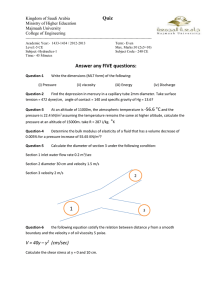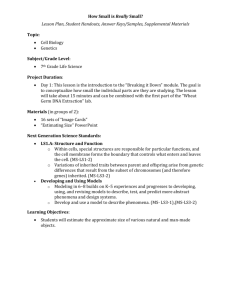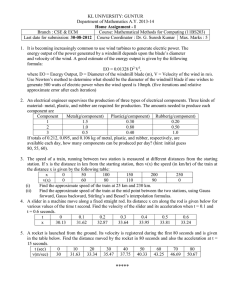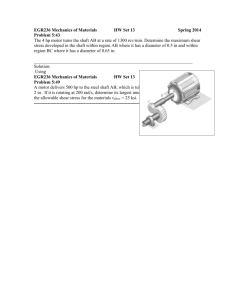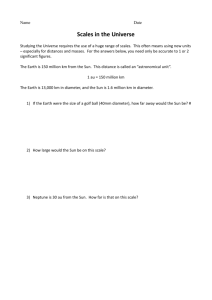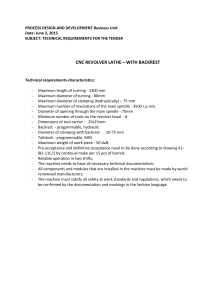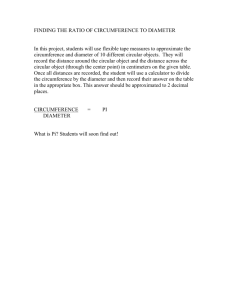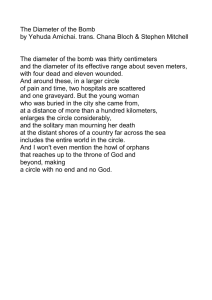Independence of simulated neural discharge rate on specified local
advertisement
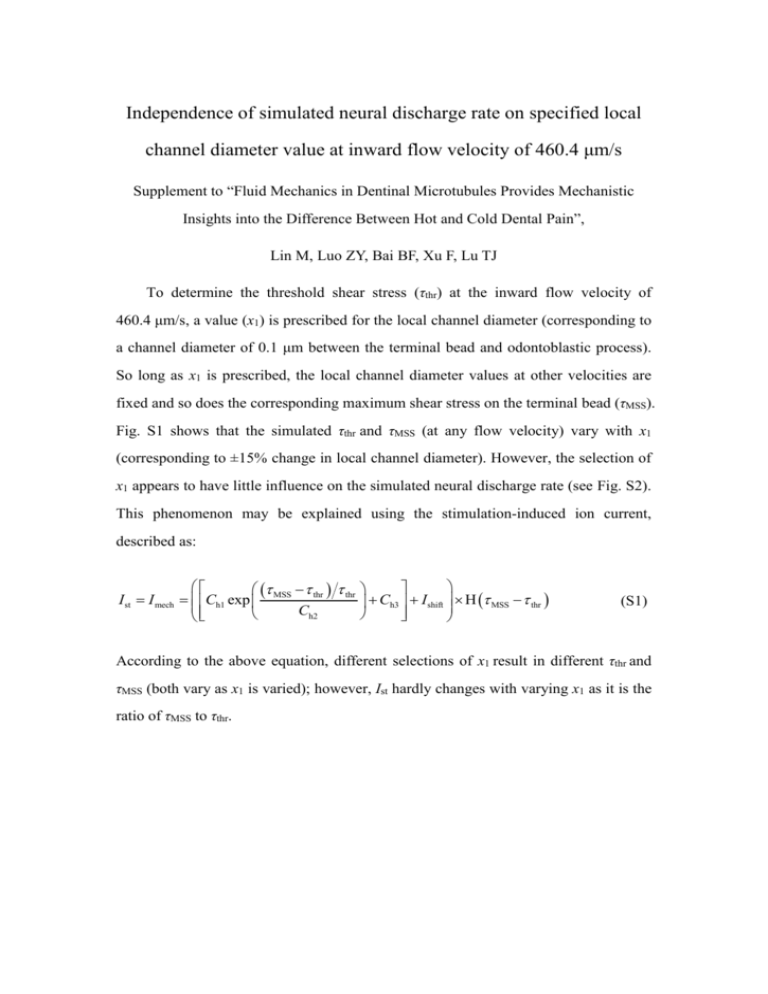
Independence of simulated neural discharge rate on specified local channel diameter value at inward flow velocity of 460.4 μm/s Supplement to “Fluid Mechanics in Dentinal Microtubules Provides Mechanistic Insights into the Difference Between Hot and Cold Dental Pain”, Lin M, Luo ZY, Bai BF, Xu F, Lu TJ To determine the threshold shear stress (τthr) at the inward flow velocity of 460.4 μm/s, a value (x1) is prescribed for the local channel diameter (corresponding to a channel diameter of 0.1 μm between the terminal bead and odontoblastic process). So long as x1 is prescribed, the local channel diameter values at other velocities are fixed and so does the corresponding maximum shear stress on the terminal bead (τMSS). Fig. S1 shows that the simulated τthr and τMSS (at any flow velocity) vary with x1 (corresponding to ±15% change in local channel diameter). However, the selection of x1 appears to have little influence on the simulated neural discharge rate (see Fig. S2). This phenomenon may be explained using the stimulation-induced ion current, described as: I st I mech Ch1 exp MSS thr thr Ch2 Ch3 I shift H MSS thr (S1) According to the above equation, different selections of x1 result in different τthr and τMSS (both vary as x1 is varied); however, Ist hardly changes with varying x1 as it is the ratio of τMSS to τthr.
